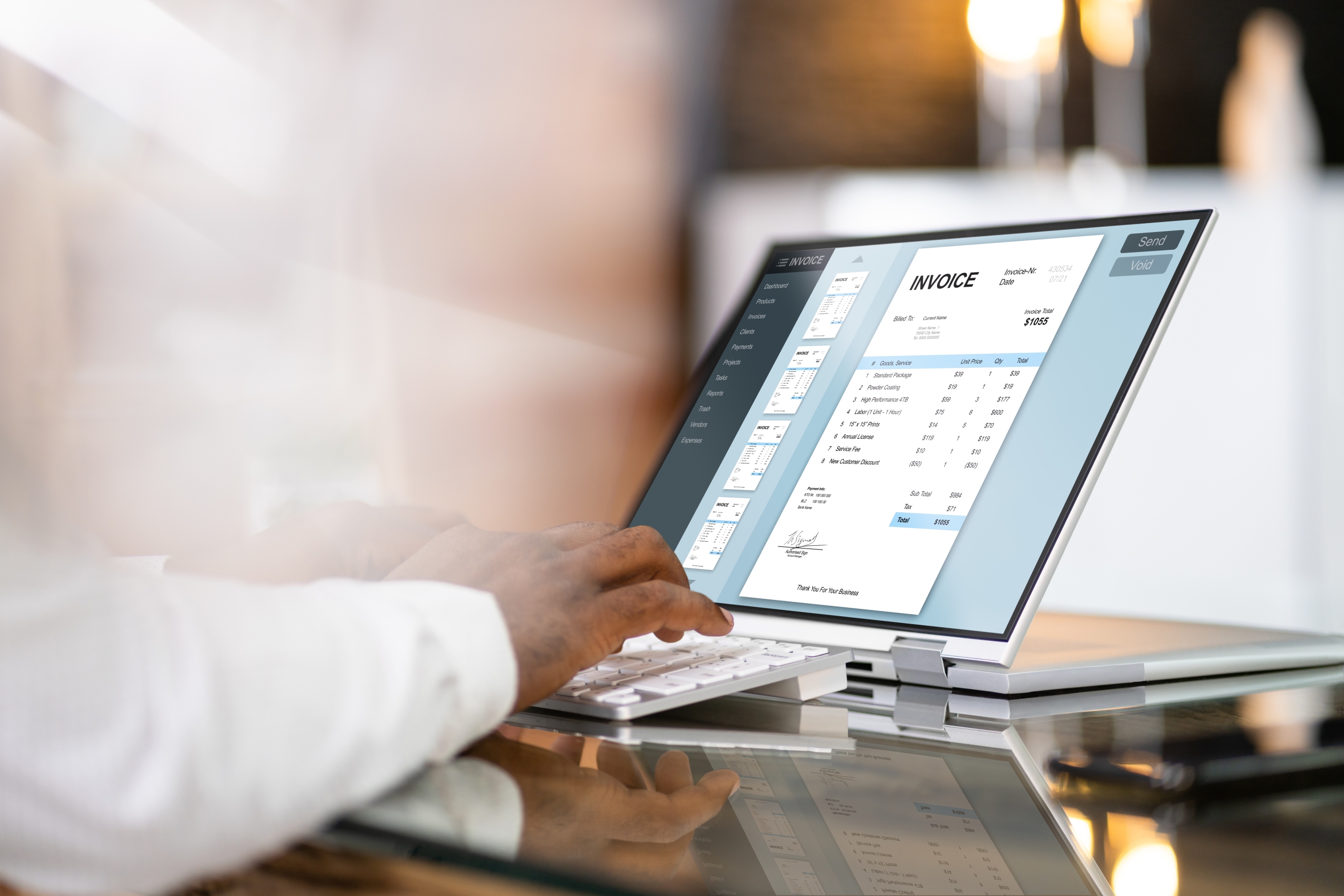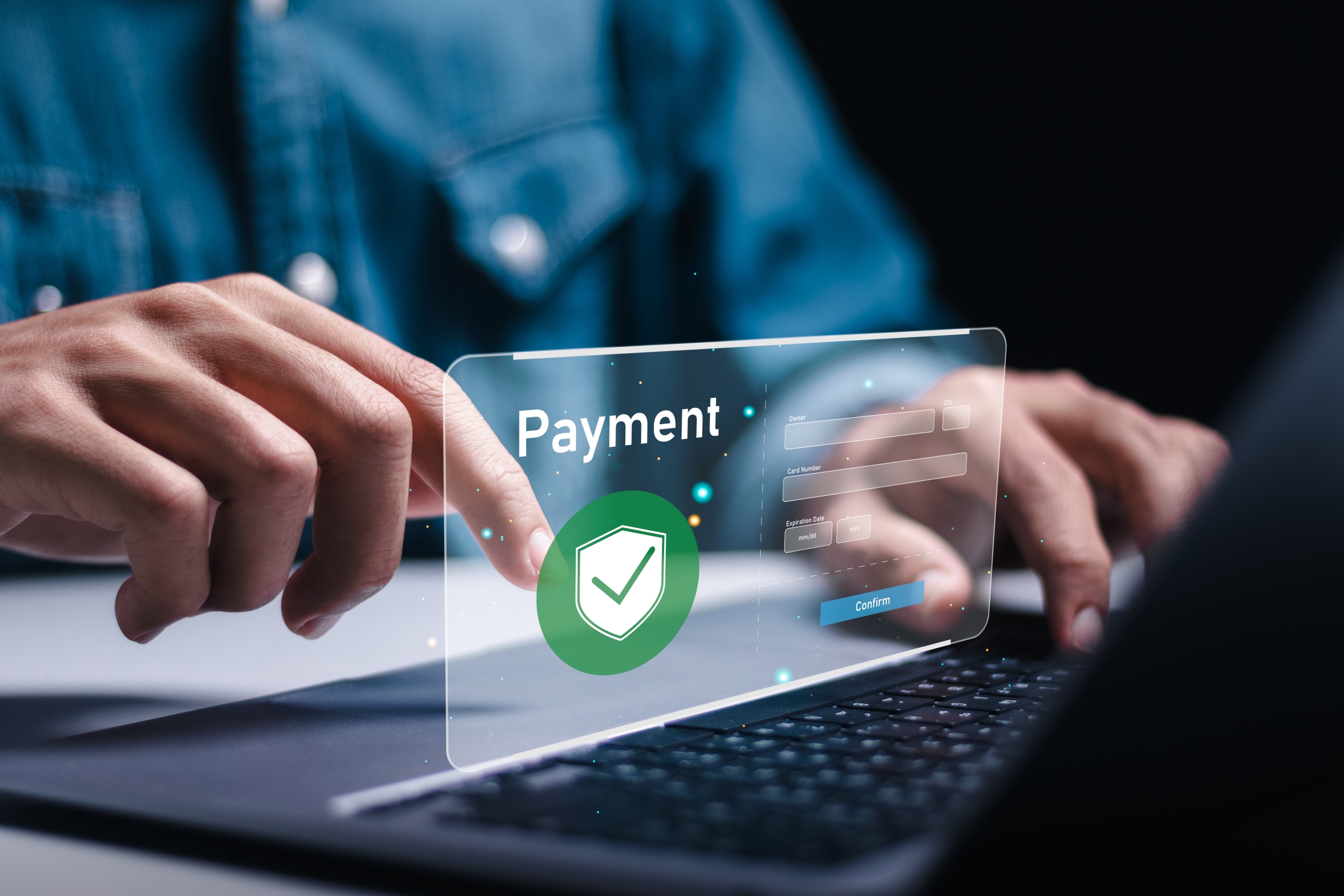It is one of the most well-known issues that many entrepreneurs face: outstanding invoices. A good cash flow is essential for the financial health of any company. However, following up on outstanding invoices is a time-consuming task. With credit management from Payt, this intensive task is a thing of the past.
How to prevent outstanding invoices?
The very best way to get invoices paid quickly is to maintain strict accounts receivable management. This means adhering to and enforcing agreed or established payment terms. Has the payment term expired? Then Payt’s software automatically sends a reminder, exactly when you want it. If you want to map out your customer’s payment behavior at a glance, a debtor card is a handy tool.
Technological innovation can also help achieve faster payments. To get paid faster and easier, it is important to make it as easy as possible for your customer to pay their invoice. This barrier should be as low as possible. Nowadays, technology offers all the possibilities to make a payment with the push of a button.
In the Netherlands, iDEAL is the most common method of payment for online payment methods. Our analysis of over 1.8 million invoices shows that invoices with an option to pay via an iDEAL link are paid 9 days faster.
What to do with unpaid invoices?
Despite agreed payment terms and easy payment options (via iDEAL), there will always be exceptions. There are various reasons why a debtor may pay late. For example, the invoice may end up in the mailbox of an unauthorized person, but the debtor’s financial situation may also be the cause of this problem. The debtor may need working capital, causing them to deliberately pay late. In the worst case, there are financial problems with the debtor, making them unable to pay the invoice. There is a solution for each specific case. A consistent accounts receivable policy helps find the solution.
For each type of defaulter, there is an appropriate solution that allows them to eventually pay the invoice. For example, in the case of financial problems with the debtor, you can think of an agreed payment arrangement. With the accounts receivable management software from Payt, you can offer a payment arrangement to customers, in addition to financing and strict follow-up of invoices. This gives you the opportunity to get in direct contact with the customer, allowing you to offer them the option to pay later. You can agree that payments are made weekly or monthly, so that cash flow and liquidity remain as stable as possible. As long as the payment arrangement is active, no regular reminders or warnings will be sent to the debtor. In this way – thanks to a payment arrangement – a win-win situation arises.
At Payt, we believe that the percentage of deliberate defaulters is minimal. Good accounts receivable management often involves finding out the reason for non-payment. Through Payt’s communication platform, you are able to address the problem in all situations and find a solution together with your debtor. You maintain full control over the process without losing contact with your customer(s).
Automating the follow-up of outstanding invoices
As discussed above, smart accounts receivable management is important and prevents customers from not paying their invoices at all or paying them too late.
Payt’s accounts receivable management software makes it possible to send invoices and reminders completely automatically. Payt systematically reminds customers of outstanding invoices. This significantly improves customers’ payment behavior. On average, our customers get paid 30% faster! In addition, you save valuable time with automatic follow-up of invoices.
Payt also brings structure to communication with your customers. In the communication platform, the customer has the option to leave a message per invoice. This way, you quickly know why a customer has not yet paid their invoice and you can possibly make arrangements to still realize the payment.
In short: Payt makes it easy for customers to pay. Curious about the different possibilities of the software and what Payt can mean for your organization? Download our brochure below.
How to create a reminder invoice?
Creating a reminder invoice is an important step in following up on outstanding payments from customers. Here are steps to create a reminder invoice:
- Start with the basic information: Place the current date at the top of the document and add your company details, such as your company name, address, and contact information. Make sure these details are clearly visible.
- Provide the invoice details, such as the invoice number, invoice date, and the due date of the original invoice. This helps remind the customer of the original invoice for which payment has not yet been made.
- List the products or services for which the customer must pay. Mention the product or service, the price, the quantity, and the total amount. If there are multiple outstanding invoices, provide a detailed overview of each invoice and the associated amounts.
- Add a subtotal of all outstanding amounts and mention any applicable taxes or discounts. This gives the customer a clear overview of the total amount owed.
- Clearly indicate the new due date for the outstanding payment. This is the date by which you expect the payment to be received at the latest. Also, add the reminder date so that the customer knows when the reminder invoice was sent.
- Provide detailed instructions on how the customer can make the payment. Mention the account number, any reference numbers, and the desired payment method, such as a bank transfer, check, or online payment. Ensure that the instructions are clear and easy to follow.
- Add a polite and friendly note reminding the customer of the outstanding payment and emphasizing the importance of timely payment. Let the customer know that you are available for any questions or further assistance.
- Take the time to carefully check the reminder invoice for any errors or omissions. Then send the reminder invoice to the customer via the desired communication method, such as email or mail.
It is important to always remain professional and polite in your communication with customers, even with reminder invoices. The goal is to gently remind the customer of the outstanding payment and encourage them to make the payment as soon as possible.
How to call customers about an outstanding invoice?
Calling customers about an outstanding invoice can sometimes be a challenging task, but it can also be effective in speeding up the payment. Here are some steps to call customers about an outstanding invoice:
- Preparation: Make sure you have all relevant information at hand before calling. This includes customer details, the details of the outstanding invoice, such as the invoice number, the amount, and the due date, as well as any previous communication you have had with the customer about the payment.
- Choose the right time: Try to choose a suitable time to call the customer, preferably when they are likely to be available and reachable. Avoid busy times or moments when the customer may be rushed or stressed.
- Be friendly and professional: Start the conversation with a friendly greeting and introduce yourself. Ensure that you maintain a professional tone throughout the conversation. Stay calm and patient, even if the customer responds defensively or unfriendly.
- Explain the situation: Calmly explain that you are contacting them regarding an outstanding invoice. Refer to the invoice and provide specific details, such as the amount and the due date. Be clear and direct, but avoid using accusatory language.
- Ask for the reason for the delay: Politely ask the customer why the payment has not yet been made. They may have overlooked the invoice, there may be administrative issues, or there may be another reason for the payment delay. Listen carefully to their response and show understanding.
- Offer help and solutions: Offer to assist with any questions or issues the customer has regarding the invoice. If there is a financial difficulty, consider proposing a payment arrangement or other appropriate solutions to support the customer in meeting the payment.
- Confirm the next steps: Make it clear what the next steps are if the payment is not received within a certain period. This may mean sending further reminders, charging interest, or even taking legal action, depending on your company’s policies.
- Thank the customer and end the conversation: Thank the customer for their time and cooperation, regardless of the outcome of the conversation. End the conversation on a positive note and let the customer know that you are available for further questions or support.
Remember to always respect privacy rules and legislation regarding calling customers.
What happens if you don’t pay an invoice?
If an invoice is not paid, various consequences can occur. Here are some possible consequences of not paying an invoice:
- Reminders and warnings: If an invoice is not paid on time, the creditor will most likely send reminders and warnings to demand payment. These reminders can be sent by phone, email, or mail. The goal is to remind the customer of the outstanding payment and urge them to pay it as soon as possible.
- Interest charges and penalties: Depending on the payment terms agreed upon or legally established, interest may be charged on the outstanding amount. Additionally, a penalty or administrative costs may be charged for the delayed payment. These additional costs can increase the total amount of the outstanding invoice.
- Limited creditworthiness: Not paying invoices can negatively affect a person or company’s creditworthiness. If the payment is significantly delayed, the creditor may report this to credit bureaus or engage a collection agency. This can lead to a lower credit rating, making it more difficult to obtain loans, credit lines, or other financial transactions in the future.
- Legal action: If the payment is not received after repeated reminders and attempts to communicate, the creditor may decide to take legal action to collect the outstanding amount. This can lead to legal proceedings, such as filing a claim in court or engaging a collection agency. These steps often involve additional costs for the debtor.
- Damage to business relationships: Not paying invoices can lead to tensions and damage to business relationships. It can affect the creditor’s trust in the customer’s payment capacity and reliability. This can impact future collaborations and business opportunities.
It is important to always meet payment obligations and pay outstanding invoices on time. If there are difficulties regarding payments, it is advisable to communicate with the creditor in a timely manner and discuss possible arrangements to resolve the issue.
Sending a payment reminder: What should it include?
A payment reminder is a communication tool used to remind a customer that an invoice has not yet been paid. The goal is to gently remind the customer of the outstanding payment and encourage them to make the payment as soon as possible. Here are the key elements you can include in a payment reminder:
- Greeting and customer details: Start with a polite greeting addressed to the customer, such as “Dear [customer name]”. Also, mention your company’s contact details, such as your company name, address, and contact information.
- Invoice details: Mention the relevant invoice details, such as the invoice number, invoice date, and total amount. This helps the customer identify which specific invoice it concerns.
- Due date and payment delay: Refer to the original due date of the invoice and indicate how many days the payment is delayed. This shows the customer that the payment term has been exceeded and that action is needed.
- Friendly reminder: Formulate a friendly and polite reminder of the outstanding payment. Use a positive tone and avoid accusatory or confrontational language. For example: “We would like to kindly remind you of the outstanding payment for invoice [invoice number].”
- Payment instructions: Provide clear instructions on how the customer can make the payment. Mention the account number, any reference numbers, and the desired payment method, such as a bank transfer, check, or online payment. If necessary, add additional information, such as payment links or information about online payment portals.
- Contact information and support: Provide your contact details and let the customer know that they can contact you with any questions, comments, or issues. Make sure to clearly indicate how you can be reached, for example, by phone, email, or a specific contact person.
- Emphasize urgency: To encourage the customer to pay quickly, you can emphasize the urgency without coming across as aggressive or forceful. For example: “We appreciate your prompt payment to avoid further delays and inconveniences.”
- Closing greeting: End the payment reminder with a polite and friendly closing, such as “Kind regards” or “Thank you for your cooperation.”
It is important to personalize the payment reminder and adapt it to your company and the relationship with the customer. Ensure that the reminder is professional, clear, and easy to understand.







